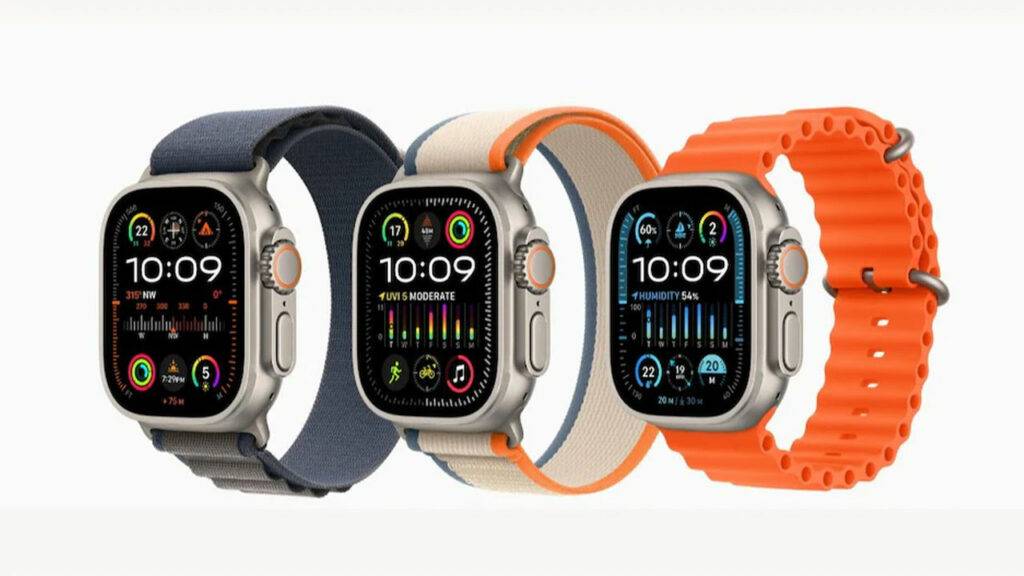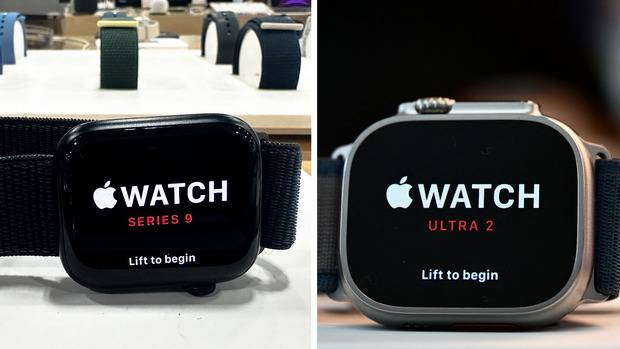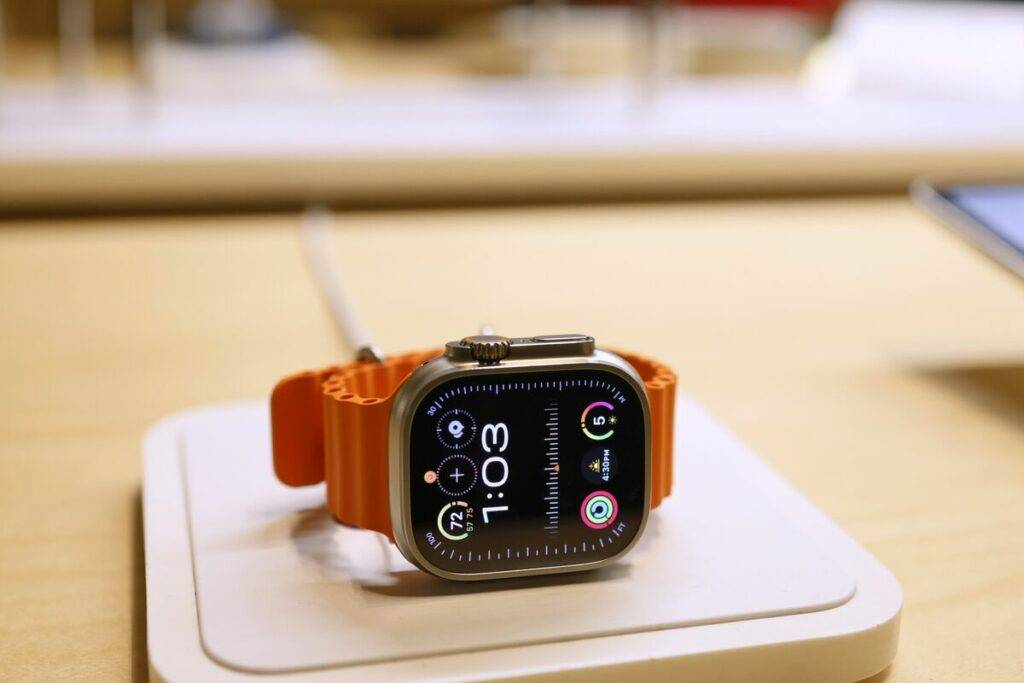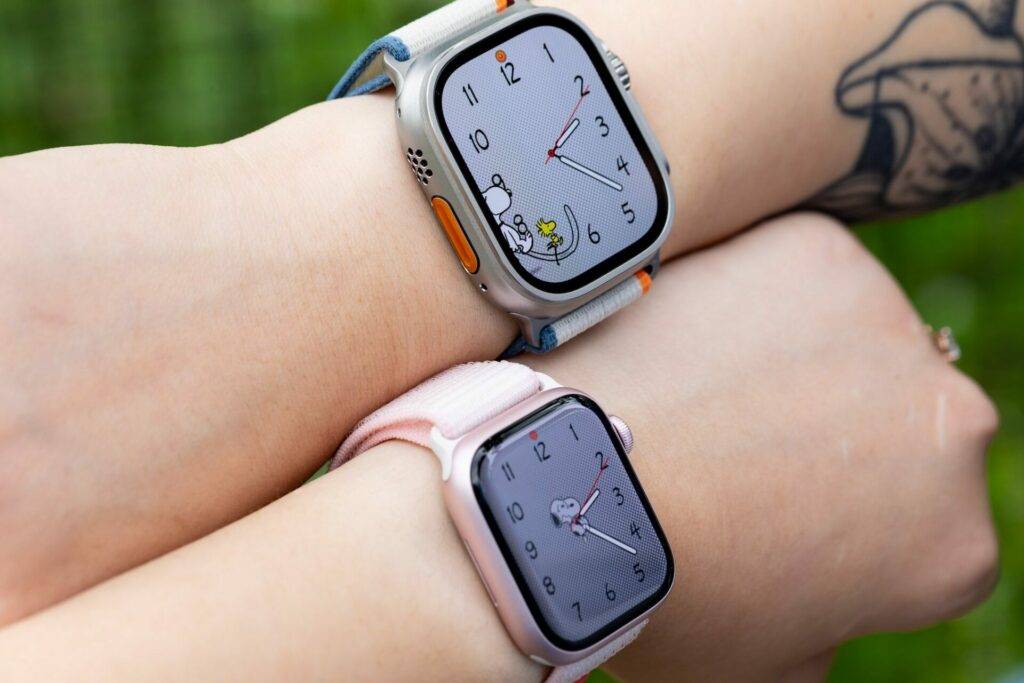In a surprising turn of events, the United States International Trade Commission (ITC) has implemented a ban on the import of certain Apple Watch models, notably the Apple Watch Series 9. This decision, rooted in a patent dispute, has sparked widespread discussions and concerns within the tech community.

Apple Watch Ban
In a recent development, the United States International Trade Commission (ITC) implemented an import ban on certain Apple Watch models, notably the Apple Watch Series 9. The ITC ruling, based on a patent dispute, alleges that Apple violated a pulse oximeter patent held by medical device maker Masimo.
The patented technology utilizes light-based mechanisms to measure blood-oxygen levels. This ban, already in effect, has disrupted the availability of specific Apple Watch models in the US market. In response, Apple has expressed its intent to appeal, emphasizing a perceived misunderstanding of the facts.
The situation has sparked concerns among consumers and industry observers, with implications for Apple’s market share and the broader landscape of wearable technology. The outcome of the legal battle and the subsequent appeal will significantly influence the future trajectory of Apple’s smartwatch lineup in the US market.
Apple Watch Import Ban in Us
In a noteworthy development, the United States International Trade Commission (ITC) has enforced an import ban on specific Apple Watch models, including the Apple Watch Series 9. This decision stems from a patent dispute, asserting that Apple has infringed upon a pulse oximeter patent owned by medical device manufacturer Masimo.
The contested technology employs light-based methods for measuring blood-oxygen levels. The ban, now in effect, disrupts the availability of the affected Apple Watch models in the US market. Apple has swiftly responded, announcing its intent to challenge the ruling through an appeal, citing a perceived misunderstanding of the facts.

This legal clash raises concerns among consumers and industry analysts about the implications for Apple’s standing in the competitive landscape of wearable technology and the potential impact on future innovations within the sector. The outcome of the appeal process will undoubtedly shape the narrative surrounding Apple’s smartwatch lineup in the US.
Why Apple Watch Banned?
The recent ban on certain Apple Watch models in the United States is a result of a patent dispute involving pulse oximeter technology. The US International Trade Commission (ITC) ruled that Apple infringed upon a pulse oximeter patent held by Masimo, a notable medical device maker.
This patented technology utilizes light-based mechanisms to measure blood-oxygen levels. The ITC’s decision centers on the allegation that Apple’s implementation of this technology in its watches violates Masimo’s intellectual property rights.

The ban, now in effect, restricts the import of specific Apple Watch models into the US market, causing disruptions for both Apple and consumers. Apple has responded by expressing its intention to appeal the ruling, emphasizing a perceived misunderstanding of the facts.
The ongoing legal battle highlights the significance of intellectual property rights and raises broader questions about the intersection of innovation and patent disputes in the tech industry.
Apple Watch Series 9 Ban
The Apple Watch Series 9 has become the focal point of a significant import ban in the United States following a ruling by the US International Trade Commission (ITC). The ban stems from a patent dispute, alleging that Apple has violated a pulse oximeter patent held by Masimo, a prominent medical device manufacturer.

Pulse oximeter technology, which employs light-based methods to measure blood-oxygen levels, is at the heart of the controversy. As a consequence, the import of the Apple Watch Series 9 and related models is now restricted in the US market.
Apple, in response, has announced plans to appeal the decision, citing a perceived misunderstanding of the facts. This ban on the latest Apple Watch model raises questions about the impact on consumer access, the tech giant’s market standing, and the broader implications for innovation and patent disputes within the wearable technology sector.


